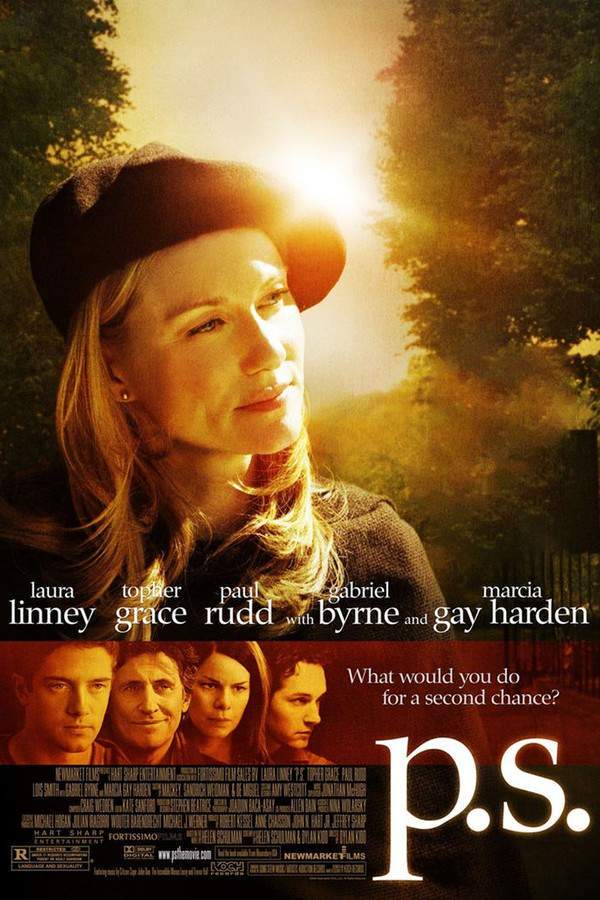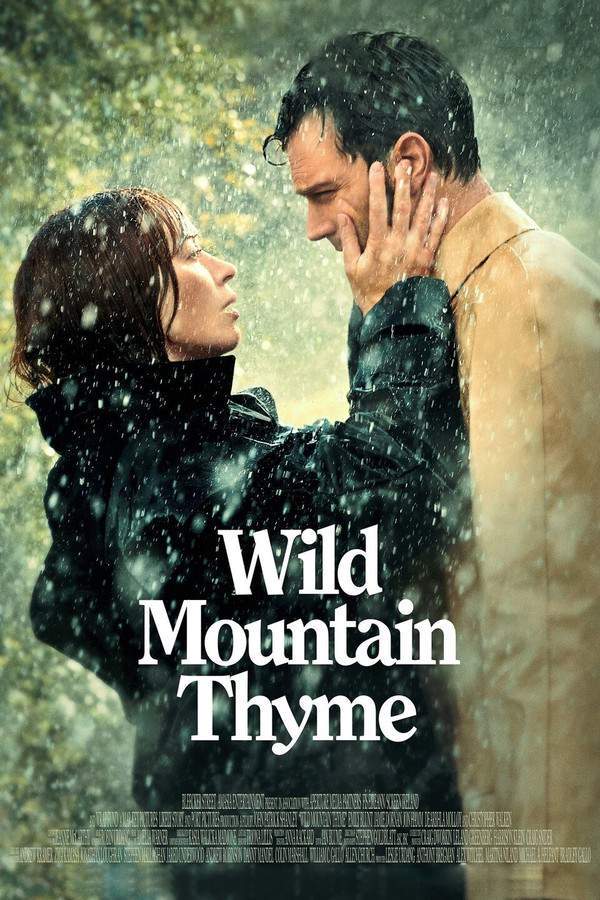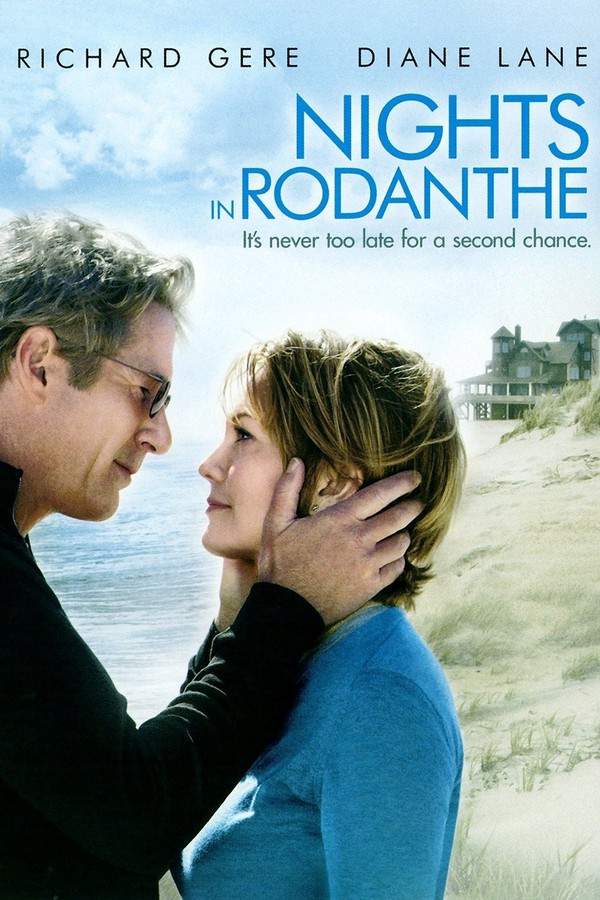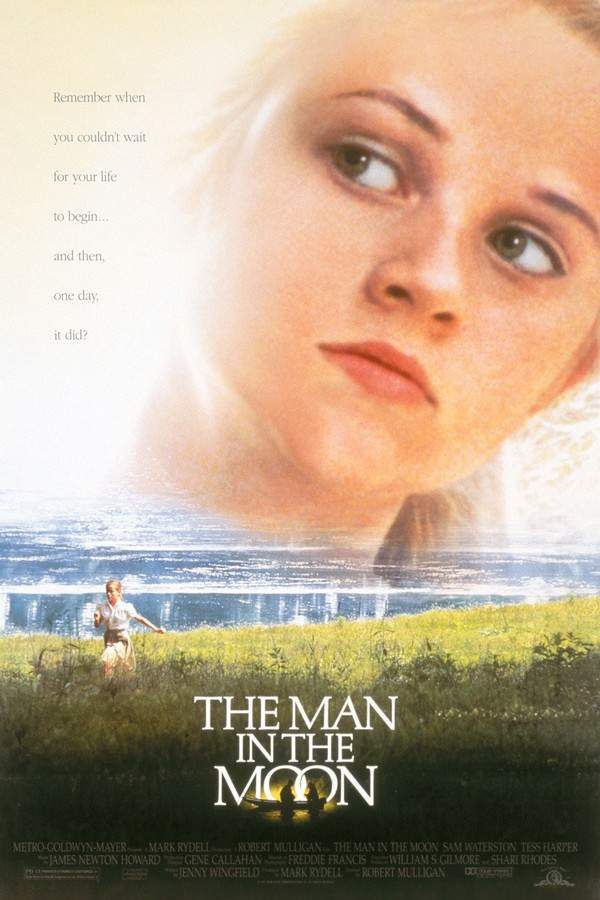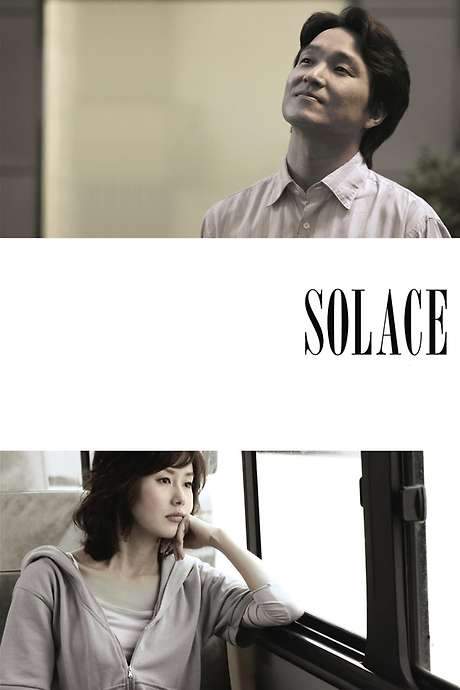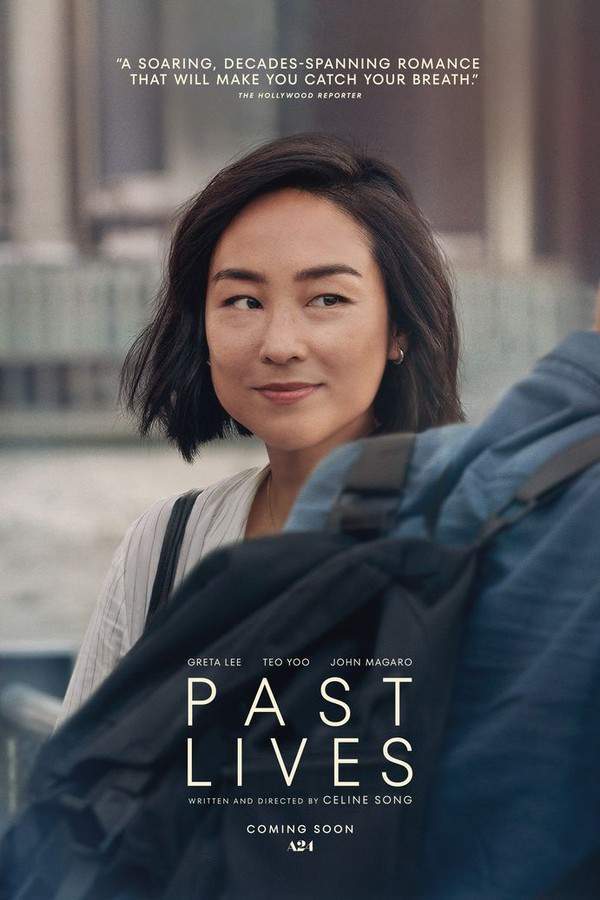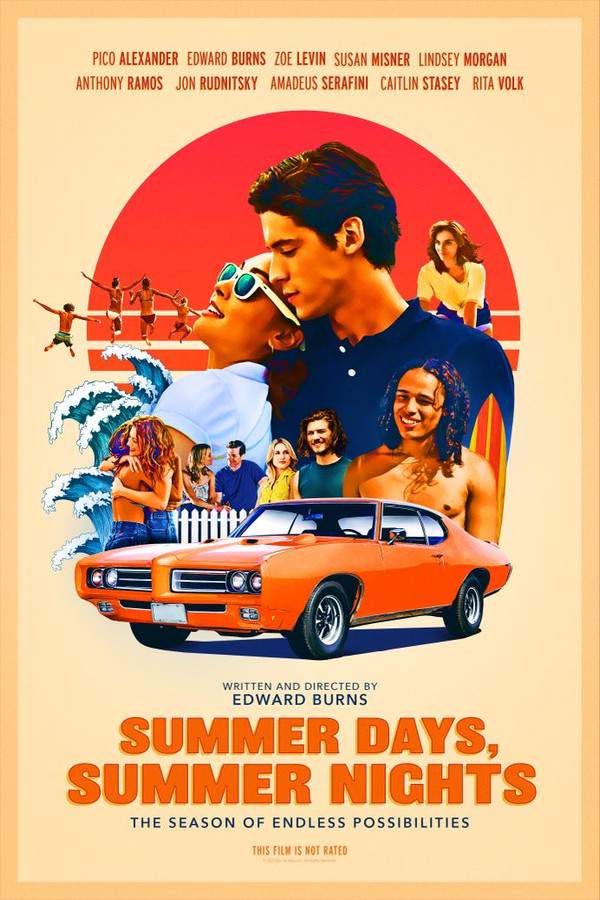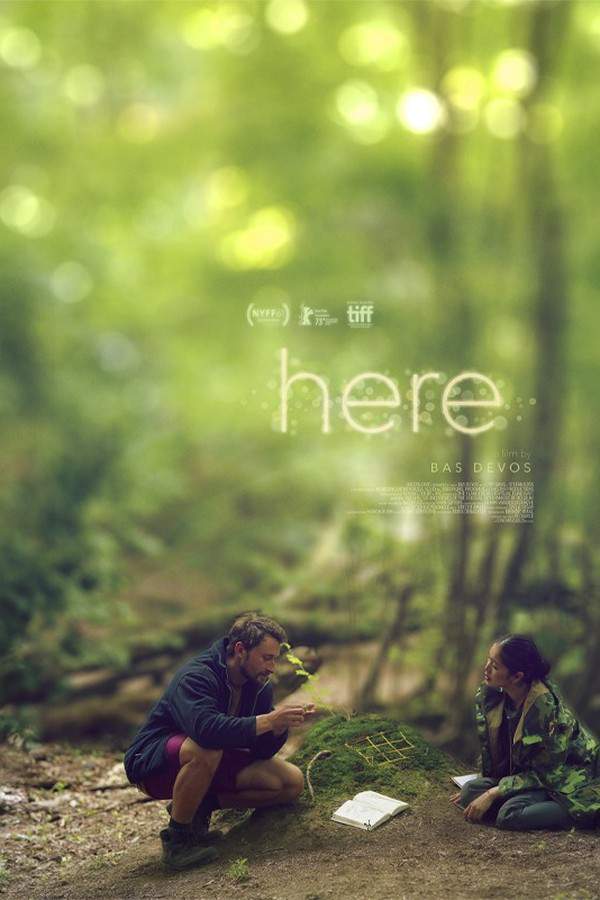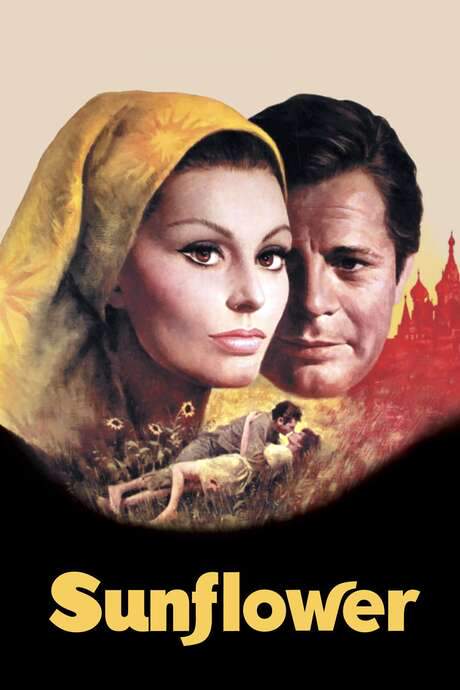
A Werewolf Boy
Year: 2012
Runtime: 122 mins
Language: Korean
Director: Jo Sung-hee
Following a mysterious phone call, an elderly woman returns to her childhood home in the countryside, triggering a flood of memories. She recalls a young orphan boy she befriended decades earlier, a boy with a startling secret. As she revisits the past, the truth about his identity and the unusual bond they shared begins to resurface, revealing a heartwarming and poignant story about friendship and acceptance.
Warning: spoilers below!
Haven’t seen A Werewolf Boy yet? This summary contains major spoilers. Bookmark the page, watch the movie, and come back for the full breakdown. If you're ready, scroll on and relive the story!
A Werewolf Boy (2012) – Full Plot Summary & Ending Explained
Read the complete plot breakdown of A Werewolf Boy (2012), including all key story events, major twists, and the ending explained in detail. Discover what really happened—and what it all means.
Sun-yi, Lee Young-lan, an elderly woman in her sixties living in the US, receives a phone call about the sale of her old family home back in South Korea. Returning to her homeland, she’s greeted by granddaughter Eun-joo, Park Bo-young, and together they drive back to the house in the countryside. The news sets the stage for a journey that blends memory, longing, and a quiet reckoning with the past.
In a long, winding flashback that stretches back 47 years to 1965, we meet Sun-yi as a seventeen-year-old girl who leaves Seoul with her widowed mother and sister Sun-ja, Kim Hyang-gi, for a remote valley. The family lives in genteel poverty, navigating the rough edge of a harsh landlord system led by Ji-tae, a son of a business partner of Sun-yi’s late father. Sun-yi’s health is fragile, and the small circle around her feels like a fragile refuge within a world that often ignores or belittles her. Sun-yi’s introverted, delicate nature keeps her mostly isolated from peers, and the valley idea of healing feels like a delicate shield against a life that has already demanded too much of her body.
One day, Sun-yi discovers a feral boy in their yard, a young man around nineteen whose blood type is unreadable and who cannot read or speak. He behaves with the ferocity and unpredictability of a wild creature. Sun-yi’s mother, a compassionate presence amid hardship, takes him in and names him Chul-soo, believing him to be one of the many war orphans—perhaps one of the more than 60,000 children left behind by the Korean War. The relationship between Sun-yi and the boy grows from wary tolerance to something closer to kinship, as Sun-yi, with a patient and careful approach, begins to mold him in the rough shapes of human life. She teaches him how to wait for meals, how to wear clothes, how to speak, and even how to write, guiding him as if he were a child learning to walk again.
Chul-soo proves to be a study in contrasts: the strength that can be protective and the capacity for violence when fear or possessiveness takes hold. He remains unfailingly loyal to Sun-yi, a rare anchor in a life that has shown him little mercy. His presence magnifies Ji-tae’s envy and resentment, as the landlord’s own insecurities churn into cruelty. The town’s fear and suspicion swirl around the pair, and as Sun-yi begins to see a future for Chul-soo, the boy also discovers a longing he has never known: love for the person who treats him with gentleness and trust. Their bond becomes a beacon in a hostile world, even as it invites threats and judgment from those who misunderstand or fear what they cannot easily control.
The relationship deepens, and Sun-yi’s heart opens in ways she has never allowed before. But the idyll is fragile. Ji-tae’s interference grows, and the increasingly volatile climate of the village pushes Chul-soo to unleash his more primal instincts in self-defense and in defense of what he has found with Sun-yi. The town turns against him, fear wiring the crowd into a chorus of condemnation. In the face of uproar and danger, Sun-yi chooses to protect the boy she has come to love, leaving him behind with a promise etched into memory: “Wait for me. I’ll come back for you.” The act becomes a vow that will stretch across decades and distance, shaping both their futures in ways neither could predict.
Back in the present, the two eras collide. Sun-yi enters the shed to find Chul-soo there, still as young as he was when she left him all those years ago. He hands her the note she wrote long ago, and the moment feels almost sacred—a proof that he has waited, watched, and held onto the belief that their bond could outlive time. He reads aloud a book she had once asked him to read, a gesture that ties the past to the present in a quiet, intimate ritual. As the day ends, Sun-yi wakes from a shared sleep to find that Chul-soo is no longer beside her, but the reality of the moment remains, a living echo of the vow she once made.
With the dawn, Sun-yi and her granddaughter depart, receiving a call from the county about the property. She chooses not to sell, a decision that speaks to the way memory and place keep us tethered to who we are. Chul-soo, watching from a distance, stands as a silent sentinel on the margins of the road, a reminder that love can endure beyond the reach of time, even when the world around it insists on forgetting.
The ending credits offer a final, poignant image: Chul-soo building a snowman, a small, hopeful act that crystallizes the film’s themes of preservation, patience, and the possibility of a future shaped by tenderness rather than fear. Across the long arc of the story, the tale moves with a restrained grace, balancing the ache of separation with a stubborn, almost quiet optimism that love, in its purest forms, can outlast even the most exhaustive of years.
Last Updated: October 03, 2025 at 06:48
Explore Movie Threads
Discover curated groups of movies connected by mood, themes, and story style. Browse collections built around emotion, atmosphere, and narrative focus to easily find films that match what you feel like watching right now.
Movies with a bittersweet supernatural bond like A Werewolf Boy
Stories of tender connections between humans and gentle otherworldly beings.If you liked the tender connection between the woman and the werewolf boy, explore more movies like A Werewolf Boy. These films feature emotional stories about humans forming deep, life-changing bonds with gentle supernatural beings, often leading to poignant and bittersweet conclusions.
Narrative Summary
These narratives typically involve a human character discovering and protecting a mysterious, kind-hearted supernatural individual. The central conflict arises from society's fear and prejudice, forcing the characters to choose between safety and their unique friendship. The journey is less about action and more about the quiet, profound impact of this impossible relationship on both lives.
Why These Movies?
Movies in this thread share a core focus on a gentle, melancholic romance or deep friendship that transcends the ordinary. They balance warmth and affection with the inherent sadness of a love that cannot fully belong to the human world, creating a uniquely bittersweet and nostalgic viewing experience.
Movies about memory and lost love like A Werewolf Boy
Films where revisiting the past unlocks a flood of poignant memories and unresolved feelings.For viewers who appreciated the reflective, memory-driven narrative of A Werewolf Boy, this list contains similar emotional stories. Discover movies like A Werewolf Boy that use a flashback structure to tell a touching tale of a past bond, focusing on nostalgia, longing, and the power of memory.
Narrative Summary
These stories often begin in the present day with an older protagonist reflecting on their youth. The narrative then delves into an extended flashback that forms the emotional core of the film, detailing a powerful but ultimately fleeting connection. The drama comes from the contrast between the passionate past and the wistful, accepting present, emphasizing the lasting impact of a first or great love.
Why These Movies?
These films are grouped by their shared narrative structure and emotional core. They prioritize a reflective, patient pace and a bittersweet tone, making the viewer feel the weight of time and the beauty of a love that persists as a cherished memory, even if it couldn't last in reality.
Unlock the Full Story of A Werewolf Boy
Don't stop at just watching — explore A Werewolf Boy in full detail. From the complete plot summary and scene-by-scene timeline to character breakdowns, thematic analysis, and a deep dive into the ending — every page helps you truly understand what A Werewolf Boy is all about. Plus, discover what's next after the movie.
A Werewolf Boy Timeline
Track the full timeline of A Werewolf Boy with every major event arranged chronologically. Perfect for decoding non-linear storytelling, flashbacks, or parallel narratives with a clear scene-by-scene breakdown.

Characters, Settings & Themes in A Werewolf Boy
Discover the characters, locations, and core themes that shape A Werewolf Boy. Get insights into symbolic elements, setting significance, and deeper narrative meaning — ideal for thematic analysis and movie breakdowns.

A Werewolf Boy Spoiler-Free Summary
Get a quick, spoiler-free overview of A Werewolf Boy that covers the main plot points and key details without revealing any major twists or spoilers. Perfect for those who want to know what to expect before diving in.

More About A Werewolf Boy
Visit What's After the Movie to explore more about A Werewolf Boy: box office results, cast and crew info, production details, post-credit scenes, and external links — all in one place for movie fans and researchers.


